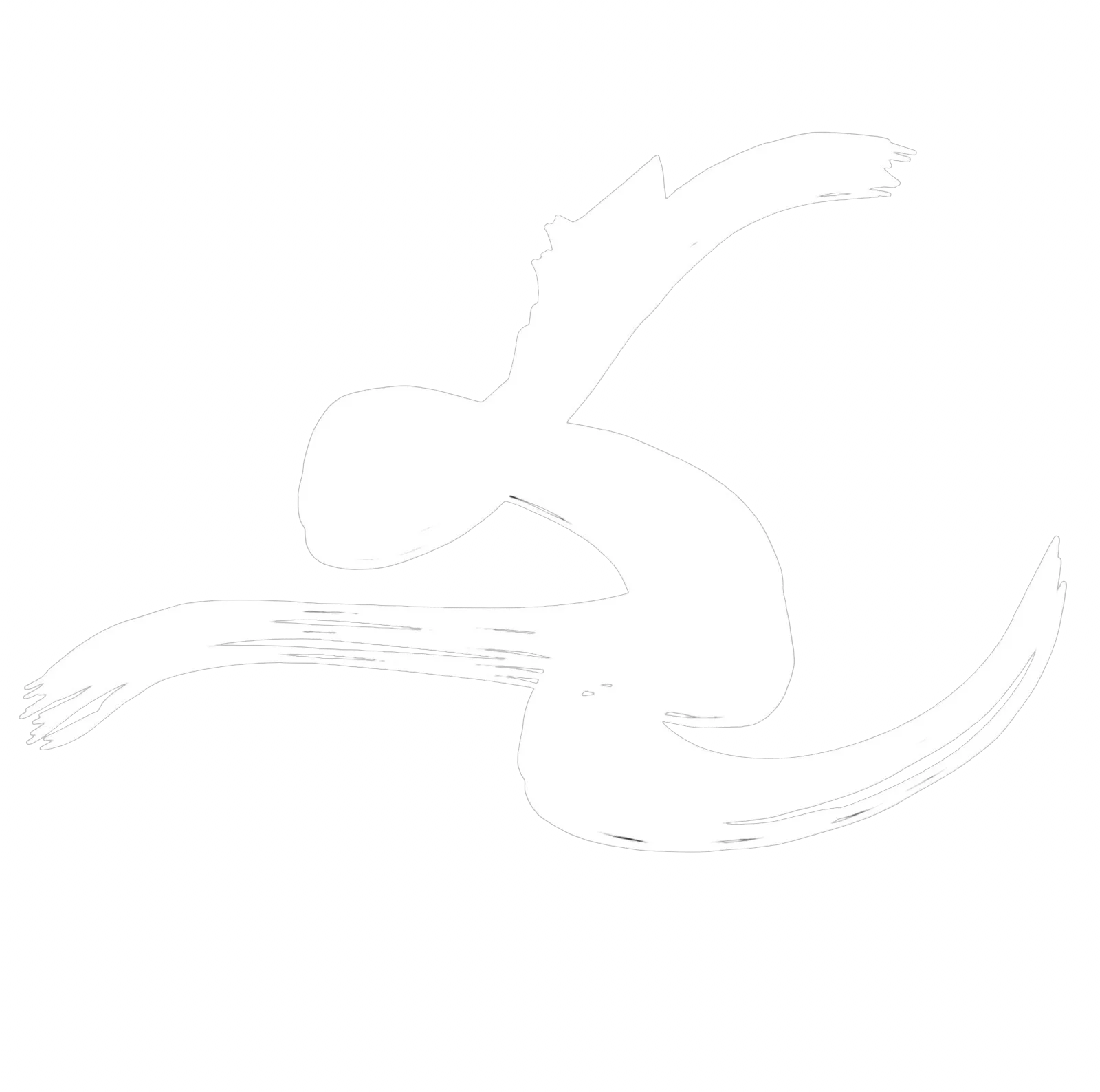🇫🇷 CONFERENCE ON GRAHAM’S RE-IMAGINING OF IMPERIAL GESTURE (1935) IN PARIS

On June 16th, Kim Jones and Blakeley White-McGuire presented Gestural Lineage: Evoking feeling through practiced, intentional gestures for dance reconstruction to The Arts in Society Conference 2017 in Paris, France.
Through an interactive and inspiring workshop, participants experienced the process and methodology for research and embodiment of the contemporary re-imagining of Martha Graham’s lost dance, Imperial Gesture (1935).
Who presented the conference?
Kim Jones is a former Dancer with the Martha Graham Dance Company. She is an Associate Professor of Dance at UNC Charlotte and specializes in reconstructing lost choreography.
Blakeley White-McGuire is a former Principal Dancer with the Martha Graham Dance Company. She has embodied and performed many of Martha Graham’s roles.
What is Imperial Gesture?
The solo Imperial Gesture was created in 1935, featuring Martha Graham herself as a monarch demonstrating absolute power. The piece is a meditation on ego, megalomania, corruption and power. It was a response to the rise of fascism in Europe. Around that time, Martha Graham did turn down Nazi officials’ invitation to perform at the 1936 Olympic Games and was part of a very political dance scene in NYC.
Why is it a lost dance?
Like many pieces of the Martha Graham repertory, there is no video recording. The music, by Lehman Engel, is also missing. Graham kept going forward and creating. She was not so interested in the past. Some of her early works were recreated when she was still alive and some of them since her death, there are still dozens of pieces that are “lost”.
Little material can be found on Imperial Gesture: 2 critics’ reviews and photographs by Barbara Morgan who collaborated with Martha Graham in the thirties. They help a lot as they manage to capture the essence of Graham’s choreography. Other pieces were reconstructed thanks to Barbara Morgan’s amazing work.
When and why was it reconstructed?
Kim Jones was asked by Artistic Director of the Martha Graham Dance Company, Janet Eilber, to reconstruct Imperial Gesture. Kim Jones calls it a “re-imagining” of the original work due to the lack of a video recording or notation of the work.
The process and collaboration lasted two years. Principal Dancer Blakeley White-McGuire worked closely with Kim Jones to give birth to this lost solo and perform it. Costume designer Graham expert Karen Young and Composer Pat Daugherty both reimagined new designs/compositions using the research materials provided by Kim Jones.
The piece received its Charlotte (North Carolina) premiere at the Knight Theater on January 18, 2013 and its official New York premiere at The Joyce Theater on February 26, 2013.

Credit: Barbara Morgan/Barbara Morgan Archives
What did we do in this interactive workshop?
After an introduction and contextualization by Kim Jones and Blakeley White-McGuire, we were invited to explore and follow the same research and creative process that the two dancers went through.
No choreography, no music but 32 photographs and 2 critics’ reviews
They started with 32 photographs and 2 critics’ reviews. They put everything on the floor and let us walk through it to get a sense of the piece. They mentioned some typical Graham movements they recognized thanks to the different photographs. Former Graham dancers Ethel Winter and Linda Hodes had helped them figure out what was part of Martha Graham’s movement vocabulary in the 1930s.
The dramaturg Jeanmarie Higgins collaborated and found a wealth of descriptive writing in the Marxist publication The New Masses, where the Graham solo was viewed as a potent anti-Fascist statement. We talked about the context – European imperialism and fascism – and tried an arm posture Martha Graham goes through on a photograph and that looked similar to one of Mussolini. We changed the focus and let that inform us on the different intention and physicality.

Thanks to a poem by John Malcolm Brinnin called “Imperial Gesture for Martha Graham”, they had a beginning “Clear the courtyard circle of its chalky dusk” and a conclusion “Her palms a-click and her quick feet like dice.” But their research led them to a crucial element: spatial patterns. Indeed, a diagram of the dance in Merle Armitage’s 1937 book “Martha Graham” showed her path on stage during the solo.
They had divided the spatial patterns into different sections with a specific color and gave each of us one section. We walked through it three times to make it our own. Then we chose two photographs and found transitions to connect one to the other following that path. It was a fascinating process, especially because most participants were not professional dancers but found freedom within the given structure of the path and the beginning and ending postures.
At the end, they showed us the whole choreography and it felt like we were part of it. They also explained the difficulties they had encountered with the new costume. The costume designer had to find the right material, the one that would flow the way you see it in the photographs.
How is this experience enlightening for today’s dancers and choreographers?
The very particular process of re-imagining or re-constructing a piece proved itself to be a wonderful metaphor for a dancer’s work. How do you embody a dance? How do you find a purpose and give each movement a meaning? Especially for a Graham dancer, research and character work should be essential and start even before the movement learning process. Martha Graham worked with individuals. Each dancer is different and will re-create a role, even if the choreography was recorded, even if the choreographer is still there and directly working with them. That’s how we can keep the work alive. That’s how we can keep it relevant.
Rafael Molina, founder of Graham For Europe



